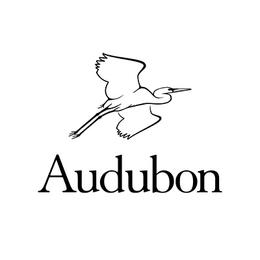Watch Dr. Connelly’s video interview above. Additional questions and answers are below.
Why should we care about the Greater Sage-Grouse?
The Greater Sage-Grouse is an iconic western species. Although well-known to Native Americans, the sage-grouse was first “described” by Lewis and Clark. This grouse provided food for early pioneers and captured the imagination of 19th-century naturalists. It has been extremely popular with hunters, photographers, and outdoor enthusiasts for well over a century. More importantly, the sage-grouse is an indicator of the health of the sagebrush ecosystem. It’s also considered an umbrella species, so conserving sage-grouse habitat means protecting habitat for many other sagebrush-dependent species. Declining sage-grouse populations indicate an unhealthy system and suggest other sagebrush-dependent species may also be in trouble. Given the substantial interest in this species, it’s no wonder so many stakeholders want to see thriving grouse populations.
What kind of impact does the Bureau of Land Management have in determining the future of sage-grouse?
The Bureau of Land Management (BLM) is responsible for managing about 51% of sagebrush habitats in the U.S. Thus, this federal agency manages the majority of sage-grouse habitats and its success in managing these landscapes will ultimately dictate the fate of most sage-grouse populations. For at least the last 10 years the BLM has been involved in developing and revising plans for managing sage-grouse habitats. Defensible science-based plans are needed to ensure healthy grouse populations over the long term. Implementation of biologically defensible management policy and conservation plans would likely negate the necessity of listing sage-grouse under the Endangered Species Act. Failing to do so will likely lead to a listing.
You recently had a guest commentary published in the Salt Lake Tribune. What compelled you to submit it?
A number of recent BLM management proposals and the agency’s proposed revision of the 2015 sage-grouse plans strongly suggest that BLM is largely ignoring the best available science on sage-grouse populations and habitat loss. Instead, the agency appears to be motivated by politics and a tendency to use dogma and wishful thinking rather than data to inform policy. Given the declining sage-grouse populations and continued loss and degradation of habitat, this approach will be disastrous for sage-grouse conservation and the sagebrush ecosystem in general. Jim Sedinger and I believed it was necessary to bring this to the public’s attention.
Read Dr. Connelly's commentary here.
If someone were to ask you what they can do to improve the future for sage-grouse, what would you say?
Individuals interested in sage-grouse conservation, and more broadly the future of public lands across the West, should educate themselves on the issue. There is a fair amount of misinformation circulating about grouse populations and their habitat needs. Some state agencies and NGOs have provided questionable information about this species. So, self-education and casting a critical eye towards information that seems suspicious is important. With this knowledge, whenever possible, individuals should participate in public comment opportunities that are offered on state and federally managed lands, which may affect sage-grouse populations and their habitats. These comments should be respectful and based on facts rather than emotion.
Because policy and planning are heavily influenced by political appointees, individuals should also carefully assess a political candidate’s views on conservation and public lands and only support those candidates that demonstrate a strong conservation ethic. The American public has a right to speak up for wildlife and the management of public lands and are provided opportunities to do so. I sincerely hope people take that responsibility to heart.





